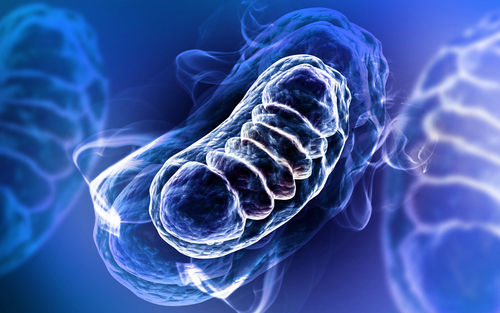Abstract
Phenytoin is one of the most well-known antiepileptic drugs that cause cognitive impairment which is closely related to cAMP response element-binding protein (CREB) brain-derived neurotrophic factor (BDNF) signaling pathway. Moreover, vascular endothelial growth factor (VEGF), an endothelial growth factor, has a documented role in neurogenesis and neuronal survival and cognitive impairment. Therefore, this study aimed to investigate the influence of powerful antioxidants: α-Toc and CoQ10 alone or combined in the preservation of brain tissues and the maintenance of memory formation in phenytoin-induced cognitive impairment in rats. The following behavioral test novel object recognition and elevated plus maze were assessed after 14 days of treatment. Moreover, VEGF, BDNF, TrkB, and CREB gene expression levels in the hippocampus and prefrontal cortex were estimated using RT-PCR. Both α-Toc and CoQ10 alone or combined with phenytoin showed improvement in behavioral tests compared to phenytoin. Mechanistically, α-Toc and/or CoQ10 decreases the VEGF mRNA expression, while increases BDNF-TrKB-CREB mRNA levels in hippocampus and cortex of phenytoin-treated rats. Collectively, α-Toc and/or CoQ10 alleviated the phenytoin-induced cognitive impairment through suppressing oxidative damage. The underlying molecular mechanism of the treating compounds is related to the VEGF and enhancing BDNF-TrkB-CREB signaling pathway. Our study indicated the usefulness α-Toc or CoQ10 as an adjuvant to antiepileptic drugs with an advantage of preventing cognitive impairment and oxidative stress.


